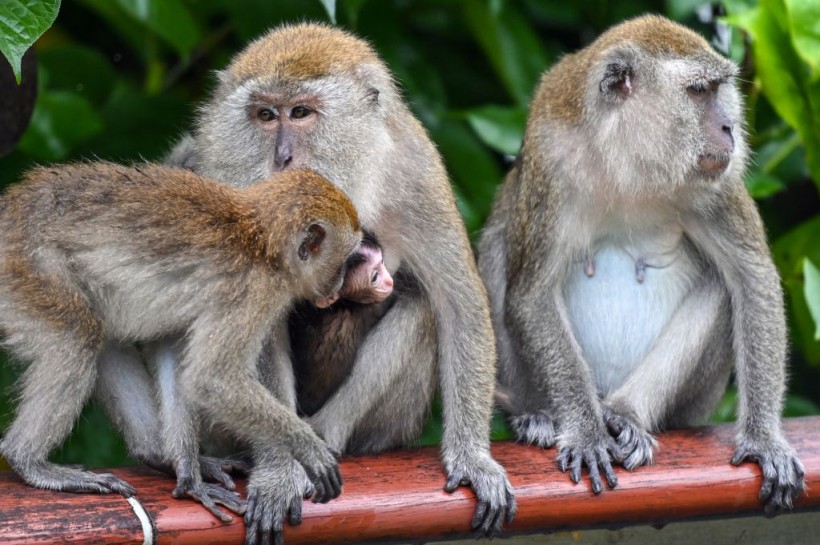Simian hemorrhagic fever, an arterivirus currently endemic in wild African primates that includes mostly macaque monkeys, could have the potential to infect humans in the future, according to a new study led by researchers in the United States. Scientists are calling for vigilance, warning that another monkey virus could be the next monkeypox virus or human immunodeficiency virus (HIV) sooner or later.
The virus in question comes from a family of viruses that causes Ebola-like symptoms in some monkeys. While zoonotic transmissions or animal-to-human transmissions are relatively rare, researchers say we should be watching them now, although no human infections have been reported yet in relation to the monkey virus. The animal pathogen is reportedly rare since it is capable of many functions.
The study came as scientists gained further understanding of viruses amid two notably global outbreaks, monkeypox and the novel coronavirus disease 2019 (COVID-19), in the world today. With zoonotic diseases have become a reality, experts and health authorities have warned that the next pandemic never seen before is only a matter of time, urging the initiative for the development of universal vaccines.
Primate Hemorrhagic Fever

Findings about the looming threat of the monkey virus were published in the journal Cell on September 30, wherein researchers discovered that the simian hemorrhagic fever or primate hemorrhagic fever uses an intracellular receptor called CD163 a key to enter cells. This cell entry occurs in spite of the divergence of primates which allows some species to have a barrier to the virus, with an acronym of SHFV.
The study states that SHFV has found a way to enter human cells, multiply itself, and evade some of the most common extermination functions of our immune system, which is supposedly to defend us from the animal virus.
During a press release on September 29, the University of Colorado, Boulder (CU Boulder) said it still uncertain what impact or symptoms the virus would have on people if such zoonotic transmission takes place. Still, authors of the new research said monitoring the arteriviruses now in both animals and humans could possibly help the global health community avoid another pandemic.
The proposed measure is based on the fact that thousands of unique viruses are circulating among the animal population around the world, where most of them causing no symptoms. Yet, the number of viruses jumping from animals to humans have increased in recent decades, causing devastation to inexperienced immune systems fighting an unknown pathogen for the first time, according to CU boulder.
Also Read: Infectious Diseases and Primates: Steps to Prevent, With Jam
A Potential Progress
The research calls the breakthrough discovery as the "first hurdle of successful spillover to humans."
For instance, COVID-19 is just a part of the latest long string of spillover events of zoonotic transmissions, some of which have led to global catastrophes, according to Sara Sawyer, a professor of at the University of CU Boulder, as cited by CTV News.
The CU Boulder team arrived at their conclusion by performing a series of lab experiment with a range of both ape and human DNA, where they found that SHFV can enter human cells through the human version of CD163, which is also used by the virus to infect monkeys.
Related Article: First Ever Human Death Due to Highly Fatal Monkey B Virus Reported in China
© 2024 NatureWorldNews.com All rights reserved. Do not reproduce without permission.
![US Thunderstorm Forecast: Southeast at Risk of Strong Winds and Hail This Weekend [NWS]](https://1471793142.rsc.cdn77.org/data/thumbs/full/70225/280/157/50/40/us-thunderstorm-forecast-southeast-at-risk-of-strong-winds-and-hail-this-weekend-nws.jpg)

![Extreme Heat Wave in Africa’s Sahel Region That Killed 100 People Linked to Climate Change [Study]](https://1471793142.rsc.cdn77.org/data/thumbs/full/70226/280/157/50/40/extreme-heat-wave-in-africa-s-sahel-region-that-killed-100-people-linked-to-climate-change-study.jpg)


